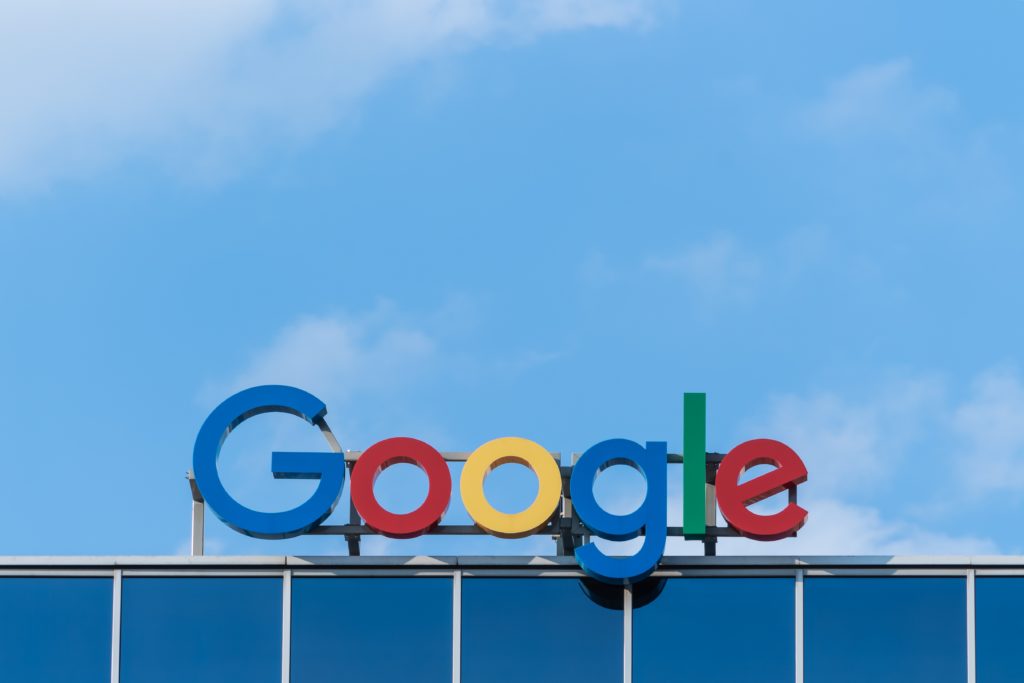
We know – search engine marketing (SEM) and search engine optimization (SEO) sound almost identical. It is true that they both describe digital marketing strategies that harness the power of search engine results to increase traffic and conversions.
However, SEM and SEO describe two different (but complementary) branches of what’s now called “search marketing.” Search marketing can be contrasted with other types of digital advertising, such as display ads, video ads, and retargeting or remarketing campaigns, which do not rely on keyword searches to gain traffic.
While some industry insiders still use “SEM” as an umbrella term to describe all search-based digital marketing (including SEO), we define SEM as a separate branch alongside SEO.
SEM vs. SEO
In a nutshell, the difference between SEM and SEO comes down to where the money goes. While all advertising comes at some cost to your business, SEM and SEO use resources in very different ways to achieve the same goal: increased traffic and conversions online.
Below, we’ll go into more detail about SEM vs. SEO – plus how they work together for a well-coordinated digital strategy.
What is SEM?
If SEM doesn’t sound terribly descriptive, its other common name – “paid search” – should give you a clue as to how it works. In an SEM campaign, a business aims to increase traffic by bidding on paid search listings. Those Google results marked “Ad” at the top of search engine results pages? Those are the products of SEM. The most popular SEM platform is Google AdWords, followed by Bing Ads and Yahoo Search Ads.
The most important thing to know about SEM ads is that they work through keywords. When bidding on ad placements, your business will bid on well-researched keywords relevant to both your target audience and your product or service.
Common Paid Search Methods
- Pay-per-click (PPC) – In this model, your business pays the advertising platform for every click the ad receives. This model is sometimes referred to as cost-per-click (CPC) advertising.
- Cost-per-thousand-impressions (CPM) – Some ads charge per thousand impressions, or times an ad delivers online.
What is SEO?
Unlike SEM, search engine optimization (SEO) does not involve the purchase of ads. Instead, it aims to increase traffic and conversions with high-quality, relevant web content targeted at keywords your audience is likely to search for. This is sometimes referred to as “organic” search marketing.
Because rankings on search results pages are not bought, but rather earned with content, SEO can be an inexpensive and thus profitable marketing tool for businesses of all shapes and sizes.
SEO Fundamentals
Like SEM, the practice of SEO revolves around keywords. SEO content such as blogs, on-site copy, and social media posts aim to incorporate relevant keywords their audience is likely to search.
Ideally, SEO marketers should place keywords in ways that simultaneously communicate the page’s relevance to search engines and readers alike. The key to striking this balance is good writing and technical knowledge that keeps up with constantly-changing Google algorithms.
Below are some of the basics:
- “Content is King” – You can’t talk about SEO without talking about content. This term describes any piece of writing or media – from blog articles to Facebook posts – that can demonstrate your relevance to search engines and your value to customers through keyword placement. Content can incorporate informative or entertaining writing, images, videos, or a mix of those elements, but should first and foremost be high-quality, credible, and authoritative.
- On-Page vs. Off-Page SEO – While it’s easy to assume that on-page SEO refers to tactics you can actually see on the page, this is only a small part of the puzzle. On-page SEO includes any tactic that helps your page rank higher on search results, whether it’s “seen” by the reader or by Google. Good keyword usage in text, but also good site navigation, quality internal links, image descriptions, and even fast page load times all contribute to on-page SEO. Off-page SEO, on the other hand, refers to SEO tactics that do not relate to webpage design, such as promotional campaigns.
- Linkbuilding – Linkbuilding is another tenet of SEO that centers on credibility and authority. Google rewards sites that offer genuine, valuable, and relevant information. This is why simply “stuffing” keywords as many times as possible into a page won’t help your rankings. One way to build credibility for your sight is to make sure plenty of other, ideally well-ranking, sites are linking back to your site. This is another example of off-page SEO.
One important note on SEO: It’s a dynamic process that can take a long time to show results. For this reason, some recommend that newer sites prioritize SEM while revamping their site’s SEO.
To Pay or Not to Pay?
Let’s recap the similarities between SEM and SEO.
- Both rely on keywords.
- Both focus on increasing online traffic.
- Both help users find what they’re looking for online.
So when it comes to SEM vs. SEO, what’s right for you? Most evidence says, both! SEM campaigns are more likely to succeed if your site already has good SEO, because good SEO contributes to your site’s credibility and authority online.
Got questions about SEM, SEO, or digital marketing in general? The advertising experts at Bloom Ads would be happy to help.



